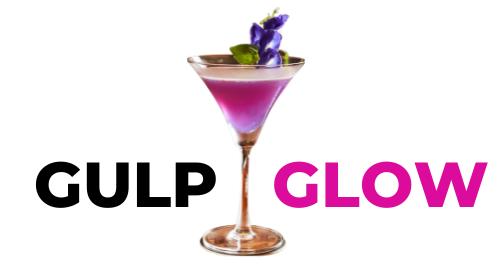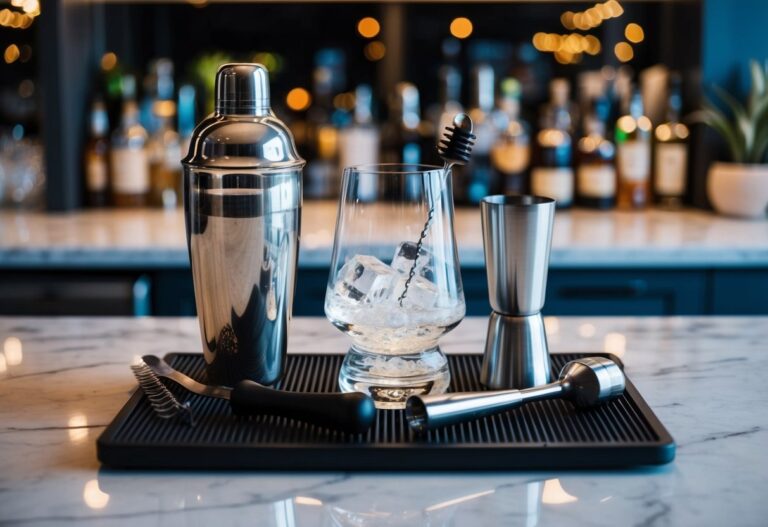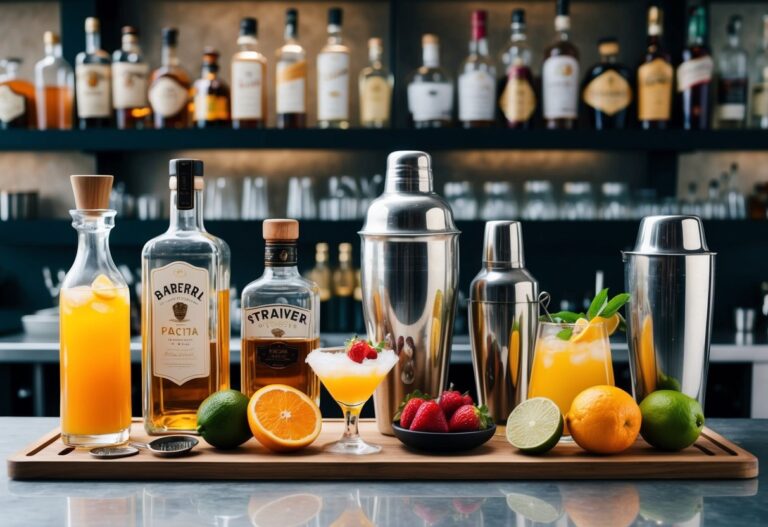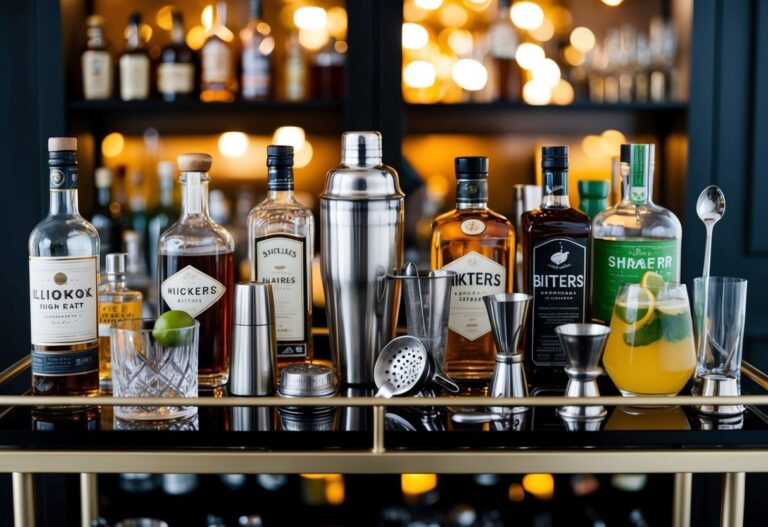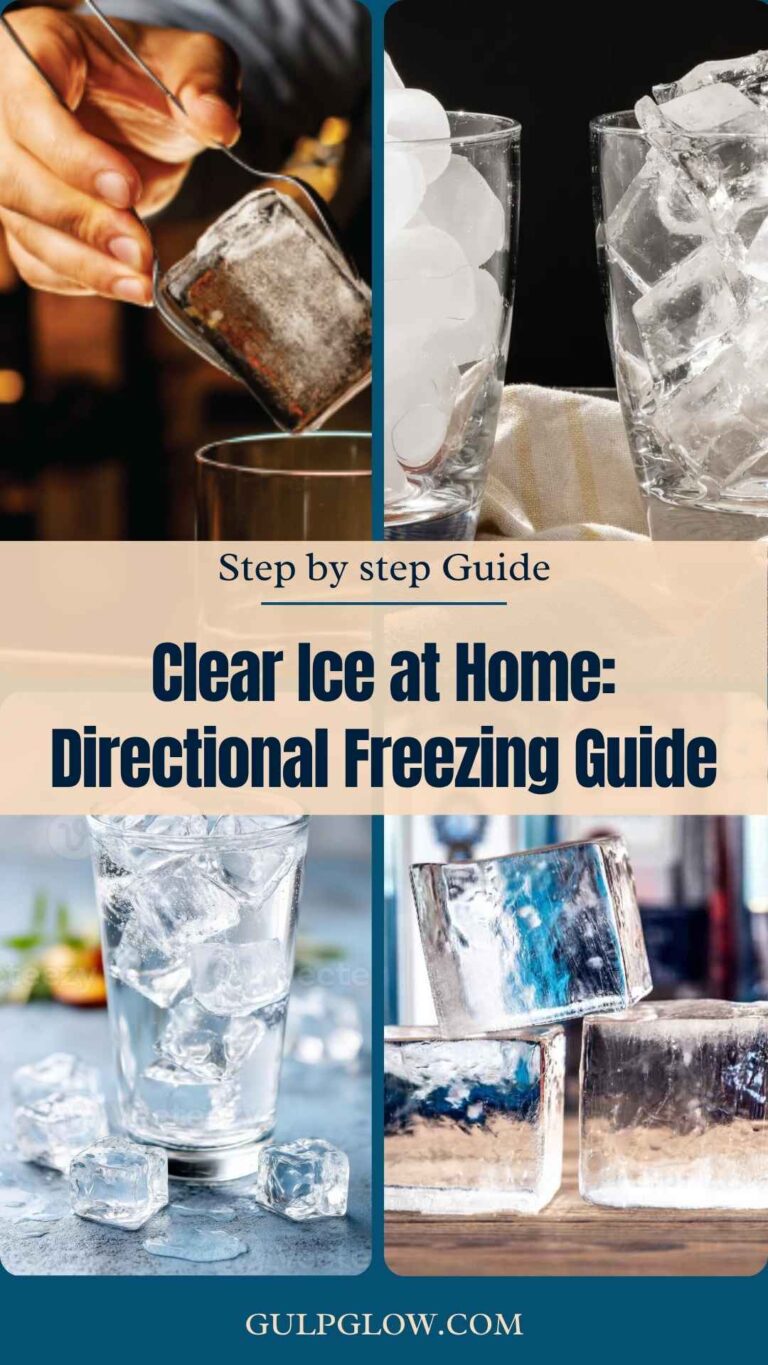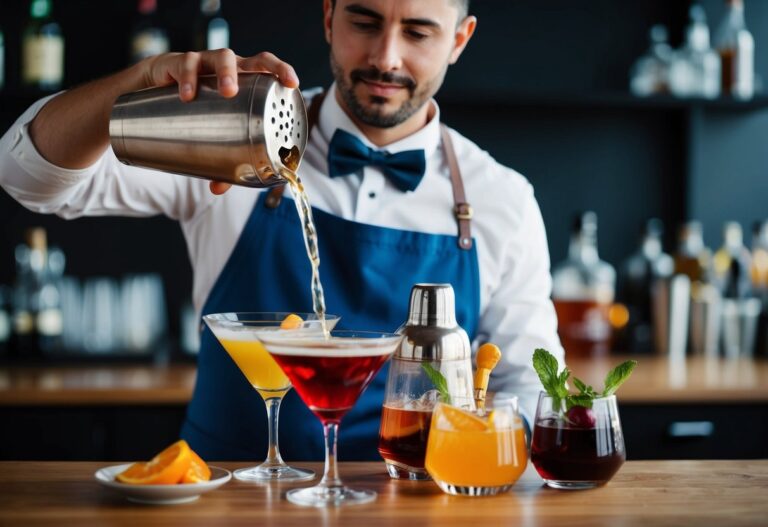Dry Shake vs. Wet Shake: When Each Makes Your Cocktail Better
You’re shaking up a Whiskey Sour. You’ve got the egg white in, the spirits measured—and now comes the big question: dry shake or wet shake first? Get it wrong, and you end up with a weak foam or a watery mess. Get it right, and you’ll pour a cocktail that looks and drinks like velvet.
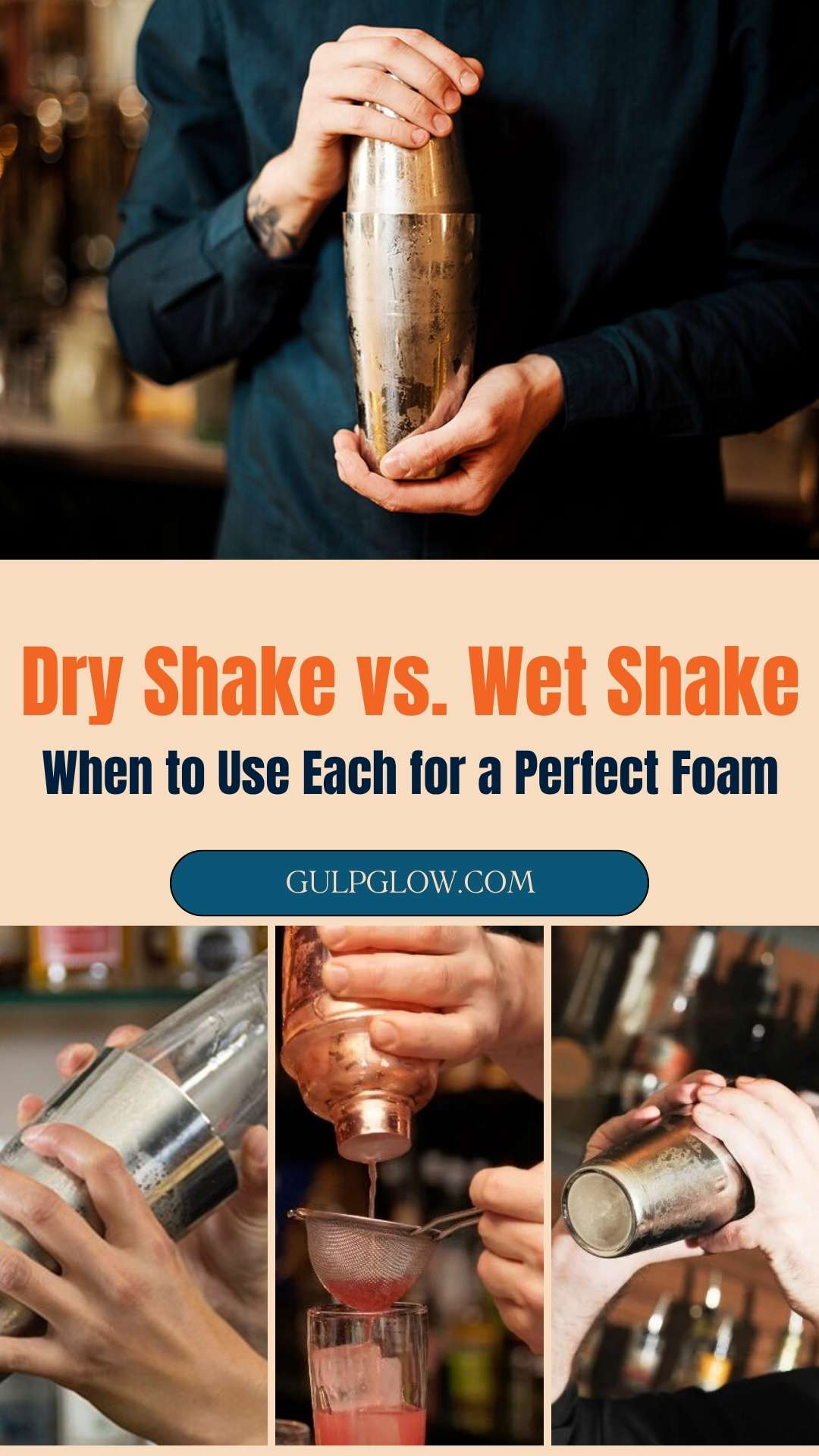
If you’ve ever wondered why some drinks pour with a perfect cap of foam while others fall flat, it’s not just luck—it’s technique. Specifically, how you treat the proteins in egg white (or aquafaba) during shaking. The method you choose changes how those proteins denature, trap air, and stabilize your foam.
In this guide, you’ll get a no-BS breakdown of dry shake vs wet shake, how each affects texture, when to use them, and how to avoid common mistakes. We’ll also cover the reverse dry shake, aquafaba as a vegan alternative, and give you a visual demo so you can see the difference. Let’s make your next sour better—on purpose.
Basic Definitions & Why It Matters
When you shake a cocktail, you’re doing more than just mixing—it’s about temperature, texture, and dilution. For drinks that use egg white or aquafaba, the shake also determines whether you get that desirable, long-lasting foam or not.
Wet Shake
A wet shake means shaking your cocktail with ice. The purpose here is twofold: to chill the drink and to dilute it slightly with melted ice, making it smoother. This is the default shake method for most cocktails without a foaming agent. If you add egg white and ice together and shake, it might work—but often the foam won’t form fully, and you’ll see separation quickly in the glass.
Dry Shake
A dry shake skips the ice. It’s done specifically to emulsify ingredients, especially proteins from egg white or aquafaba. Shaking without ice gives those proteins room to denature and form a tight foam before the cocktail gets diluted and chilled. It usually comes before a second shake with ice.
Why It Matters
With foaming agents, a dry shake builds structure. A wet shake chills and dilutes. If you skip dry shaking, your foam may collapse or not form at all. If you skip wet shaking, your drink may be too warm and harsh. That’s why many bartenders use a two-stage method, combining both.
Bottom line: when texture matters, technique matters more.
The Science: What Happens at the Protein Level
Egg white (and aquafaba) contains proteins that act like tiny foam machines. But they need the right kind of agitation to work. Let’s break down what’s actually happening.
Protein Denaturation
In their natural state, proteins are coiled up. When you shake a drink without ice, the friction and motion unwind these proteins—a process called denaturation. Once uncoiled, these strands can trap air and water, creating a stable foam matrix.
Emulsification
Egg white doesn’t just foam—it also emulsifies. That means it can help bind ingredients that don’t usually mix, like citrus and alcohol. Shaking helps those molecules bond temporarily, resulting in a smooth, unified drink.
What Affects Foam Stability
- Alcohol content: Too much alcohol can destabilize foam.
- Sugar and acid: Both help strengthen the foam’s structure.
- Dilution: Too much water breaks foam; too little and you get a stiff mess.
- Shaking time: Too short = weak foam. Too long = over-aerated, broken foam.
Understanding this science is what separates random results from consistent quality. You’re not just shaking—you’re controlling a mini chemical reaction.
Dry Shake vs Reverse Dry Shake vs Two-Stage Method
Once you get the basics, you’ll notice there’s more than one way to shake a foamy cocktail. Let’s break down the three main methods bartenders use—and when to use each.
Classic Dry Shake (Then Wet Shake)
This is the most common method:
- Shake all ingredients without ice (~10 seconds).
- Add ice and shake again (~10–15 seconds).
It builds foam in step one, chills and dilutes in step two.
Best for: Whiskey Sour, Clover Club, Pisco Sour.
Reverse Dry Shake
Here, you shake with ice first, strain out the ice, then shake again without ice. It sounds backward, but some bartenders claim it creates a tighter, denser foam because cold proteins whip more effectively.
Best for: Bartenders aiming for presentation-first results.
Wet Shake Only
Some cocktails skip the dry shake altogether, either due to time constraints or because the recipe doesn’t rely on heavy foam.
Best for: Drinks without eggs or when subtle foam is enough.
Which One Should You Use?
If foam matters, do two-stage shaking (dry + wet or reverse). If speed matters more, use a wet shake and accept the trade-off. Either way, know why you’re choosing it—that’s what elevates your mixology.
Aquafaba as an Alternative to Egg White
Not a fan of raw egg in your drink? You’re not alone. Whether it’s for dietary, allergy, or ethical reasons, aquafaba has become the go-to vegan alternative for creating foam in cocktails.
What Is Aquafaba?
Aquafaba is the viscous liquid leftover from cooking chickpeas—usually the water from a can of chickpeas. It’s full of proteins and starches that mimic the foaming properties of egg whites when shaken.
How It Compares to Egg White
- Texture: Aquafaba can create foam nearly as dense and silky as egg white, though slightly less creamy.
- Flavor: Virtually neutral in small amounts, but overuse can leave a faint bean-like aftertaste.
- Stability: Holds foam slightly longer than egg white in some cases.
- Shelf life: Can be refrigerated and used for days, unlike cracked egg whites.
- Vegan friendly: No animal products, no health risks.
Using Aquafaba in Cocktails
Use 2 tablespoons of aquafaba as a substitute for 1 egg white. Shake as you would with egg—preferably a dry shake followed by wet—or try reverse dry shake if you want a super-dense cap.
Bartenders are increasingly using aquafaba in classics like the Whiskey Sour, Pisco Sour, and Clover Club, especially for events where vegan options are needed or egg safety is a concern.
Practical Cocktail Examples
Understanding theory is one thing—but applying it to real cocktails is what makes the difference. Here’s how shake techniques change the outcome in three classics.
Whiskey Sour
The go-to example for dry shake technique. With bourbon, lemon juice, simple syrup, and egg white (or aquafaba), this cocktail needs a dry shake to build the foam. Follow up with a wet shake to chill it down and polish the texture. Garnish with Angostura bitters for visual flair on the foam.
Pro tip: If you’re skipping the dry shake, expect a flatter surface and thinner texture.
Pisco Sour
Made with pisco, lime juice, simple syrup, and egg white, this Peruvian staple relies heavily on foam presentation. A reverse dry shake here can sometimes produce better visual structure, especially in hot or humid conditions. Bartenders often triple-strain it for extra smoothness.
Foam flavor matters here—egg whites offer more body, aquafaba keeps it lighter.
Clover Club
A gin-based drink with raspberry syrup, lemon juice, and egg white. This one’s a foam showstopper. Dry shaking is essential to get that soft, pink, marshmallow-like cap. Using aquafaba works just as well, especially since raspberry can mask any trace flavors.
Glassware tip: Serve in a chilled coupe to show off the foam best.
Other cocktails like the Ramos Gin Fizz or even a Gin Fizz can also benefit from dry shaking, but these three are your must-try benchmarks when learning to master the method.
Common Mistakes & How to Fix Them
Even a solid recipe can flop if your shake game is off. Here’s what to watch for—and how to fix it.
Under-Shaking
If you don’t shake long enough during the dry phase, your foam will be thin or won’t form at all. Aim for at least 10 seconds of hard, dry shaking.
Over-Shaking with Ice
Too much ice or overly long wet shaking can water down your drink and break the foam. Limit ice shake time to 10–15 seconds.
Warm Ingredients
Protein foaming works best cold. If your ingredients or shaker are warm, expect poor results. Chill everything beforehand.
Skipping the Fine Strain
A single strainer lets pulp, ice shards, or egg bits through. Always double-strain foam cocktails for smooth, clean pours.
Egg Yolk Contamination
Even a drop of yolk ruins foam. Crack eggs carefully, and consider using a separating tool or cracking into a separate bowl first.
Overusing Aquafaba
Using more than 2 tbsp per drink can introduce odd flavors or too much viscosity. Stick to the ratio and taste-test if in doubt.
Bad Shaker Habits
A leaky shaker, one with a dent, or a cobbler that sticks can ruin rhythm. Use a clean, dry Boston shaker for best results.
Visual Demo: Shake Techniques in Motion
Before we parse every nuance of foam and protein chemistry, seeing the shake methods side by side can really sharpen your instincts. The video below walks through dry shake vs reverse dry shake vs wet shake, letting you see the results and compare how bubbles, foam height, and clarity differ with each approach.
What to watch for:
- How quickly foam rises during the dry phase
- Whether the foam holds its shape during the wet shake
- The difference in bubble size and texture
- How much separation or collapse happens after pouring
Use the video as your reference—then try filming your own attempts and comparing. That side-by-side benchmark will help you recognize when your foam is “good enough.”
Tips & Best Practices for Consistent Results
Once you understand the science and methods, the next step is consistency. That comes down to tools, temperature, and rhythm. Here are tried-and-true best practices that professionals rely on to keep their foam game strong across every shift—or home session.
Shaker Setup
- Use a Boston shaker for its size and easier separation.
- Make sure your shaker is bone dry before starting a dry shake—moisture ruins foam-building.
- For multiple rounds, chill your tins between drinks to keep everything cold and crisp.
Ice Quality
- Choose large, solid cubes to minimize early dilution.
- Avoid crushed or cloudy ice, which breaks down quickly and introduces unwanted water.
Shaking Technique
- For dry shakes, go hard and fast—about 10 seconds of aggressive motion to denature proteins.
- For wet shakes, relax the rhythm slightly to chill and dilute without destroying your foam.
- If reverse dry shaking, keep the final dry shake short and focused (5–8 seconds max).
Ingredient Handling
- Crack eggs into a separate dish first—never directly into the shaker. Avoid any yolk contamination.
- With aquafaba, pre-whip slightly for better texture before combining with spirits and acids.
- Always double-strain into your glass—no exceptions. Stray pulp or ice chips will disrupt your silky finish.
Consistency is habit-based. Set up the same way each time, follow your timing, and stay attentive. The more you repeat the rhythm, the easier it gets to nail the foam every time.
Summary & Takeaways
Dry shake or wet shake—it’s not just a technical choice. It defines how your cocktail feels, tastes, and looks. Here’s the quick rundown:
- Use a dry shake first when working with egg white or aquafaba. It builds foam structure.
- Follow with a wet shake to chill and dilute—never skip this if you want a balanced drink.
- Try the reverse dry shake if you want denser foam or are working with chilled ingredients.
- Aquafaba is a legit alternative—just measure it right and keep the shake strong.
- Avoid common mistakes like under-shaking, warm tools, or skipping the double strain.
Experiment with the techniques on classics like the Whiskey Sour, Pisco Sour, and Clover Club. And if you haven’t yet, check out our guide on double-straining to elevate your presentation even further.
In mixology, precision doesn’t kill creativity—it unlocks it. Now go shake something worth sipping.
